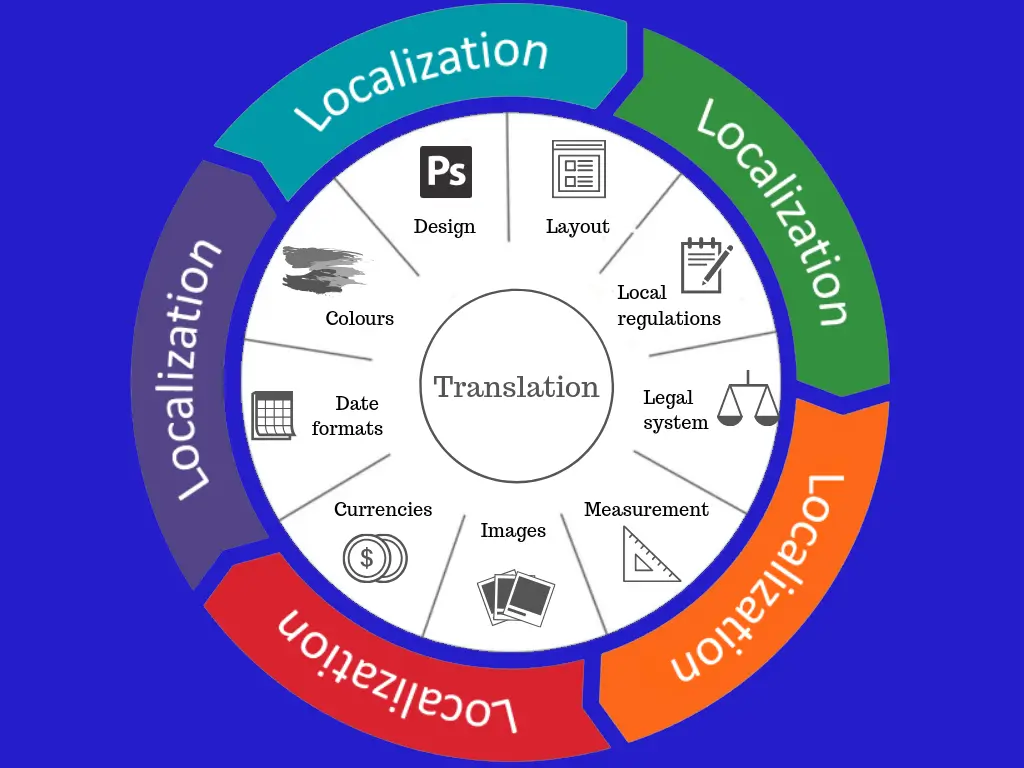Revolution #1 Collaboration & Transparency
Before cloud technology, translation practices often resembled the humorous antics of the Chuckle Brothers. Tasks would bounce back and forth like a confusing game of “to me” and “to you,” leading to chaotic disorder and frequent errors that could derail projects.
The usual translation process was tangled: a client would ask for a translation, then wait as the task went to a translator. Once translated, the client would review and hope for accuracy, while important documents like contracts and localization kits got lost in disorganized progress. Each step needed formal approval, made worse by tangled email communication and days passed as messages got lost and rediscovered in the flood of emails.
This complex process and intricate components led to errors and setbacks in translation projects. The multilingual business world needed a transparent workflow.
Enter collaborative, web-based translation editing
Collaborative editing revolutionized translation by simultaneously enabling real-time collaboration among multiple parties on the same document. Unlike traditional workflows, collaborative editing eliminated delays and gaps in progress. It was like the Chuckle Brothers’ teamwork taken to new heights, where both could contribute simultaneously and benefit from immediate interaction.
This approach offered two significant benefits:
Instant Feedback
Live collaboration saved time for both translators and clients. Simultaneous on-page comments replaced outdated email exchanges, fostering quicker and more effective communication.
Enhanced Transparency
As translation projects involved diverse contributors from different locations, collaborative editing ensured a shared understanding. This unity translated to fewer errors and a smoother process.
Moreover, collaborative editing introduced shared assets that contained essential resources like translation reference files, terminology lists, and project timelines. Accessible by the right individuals at any time, these repositories reduced errors and facilitated prompt corrections. Any mistakes could be quickly fixed, preventing repeats. Translators and clients spent less time correcting mistakes and searching for documents.
This evolution in translation platforms bridged the gap between clients and translators, fostering a more seamless partnership. The collaborative editing and cloud technology era has ushered in a new translation age defined by cooperation, efficiency, and mutual understanding.
Read part 4

